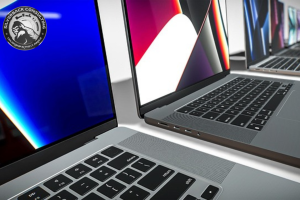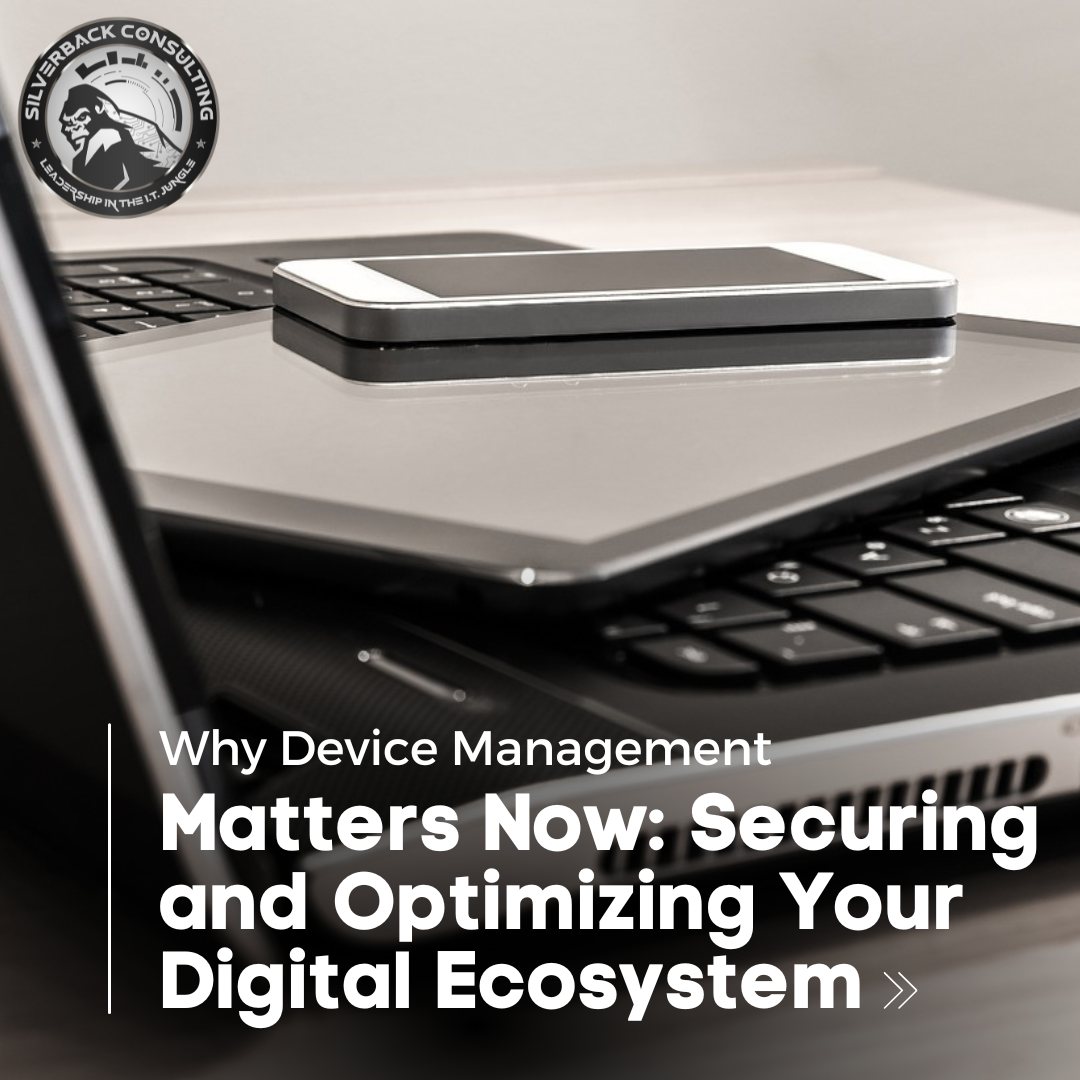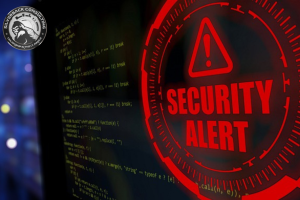Introduction
Why device management matters now is a question that every organization, business, and individual should consider in today’s fast-paced digital environment.
As remote work, cloud computing, and mobile devices become the norm, managing and securing these devices has never been more critical.
Cyber threats are evolving, data breaches are on the rise, and businesses must ensure that every device accessing sensitive information remains protected.
Device management plays a crucial role in securing endpoints, maintaining compliance, and optimizing performance.
Without a robust management strategy, organizations risk data leaks, inefficiencies, and security vulnerabilities that could cripple operations.
This article explores why device management is essential today, how it impacts security and productivity, and the best practices for implementing an effective strategy.
2 Best Practices for Effective Device Management

Here are key strategies to implement:
Implement a Unified Endpoint Management (UEM) Solution
UEM platforms provide a centralized approach to managing all devices—desktops, mobile phones, tablets, and IoT devices. This ensures a consistent security policy across all endpoints and streamlines device monitoring.
Enforce Strong Security Policies
- Require strong passwords and multi-factor authentication (MFA).
- Enable encryption on all devices.
- Regularly update software and apply security patches.
- Restrict access based on user roles and privileges.
Enable Remote Device Monitoring and Management
With remote work becoming the norm, businesses should deploy solutions that allow IT teams to monitor and manage devices remotely. This includes remotely wiping lost or stolen devices and detecting unauthorized access.
Educate Employees on Cybersecurity Risks
Human error remains a leading cause of security breaches. Training employees on best practices—such as recognizing phishing emails and avoiding unsecured networks—can strengthen overall security.
Regularly Audit and Update Device Policies
Technology evolves rapidly, and so should device management policies.
Organizations must conduct regular audits to identify vulnerabilities, update security measures, and ensure compliance with the latest regulations.
3 Conclusion
Why device management matters now is evident in the face of rising cybersecurity threats, remote work challenges, and strict compliance requirements.
Businesses that prioritize device management can enhance security, improve efficiency, and protect sensitive data.
Implementing best practices and leveraging advanced management solutions will ensure a safer and more productive digital environment.
As technology continues to evolve, organizations must stay ahead by adopting proactive device management strategies.
The cost of inaction is too high—now is the time to secure, optimize, and manage every device effectively.
4 What is device management, and why is it important?
It involves monitoring, securing, and maintaining the various devices used in an organization, such as computers, smartphones, and tablets. It is important for preventing security threats, ensuring compliance, and optimizing business operations.
5 What are the risks of not managing devices properly?
Unmanaged devices can lead to security vulnerabilities, data breaches, non-compliance with regulations, and productivity loss due to outdated or compromised systems.
6 How does device management improve cybersecurity?
By implementing security policies, encryption, and regular updates, managing devices helps protect them from cyber threats like malware, phishing attacks, and data breaches.
7 How can businesses ensure compliance with data protection regulations?
Organizations should implement device management policies that include encryption, access controls, employee training, and regular audits to comply with laws like GDPR, HIPAA, and FTC Safeguards Rule.
8 Why is device management more critical now than before?
With the rise of remote work, cloud computing, and increased cyber threats, businesses need robust strategies to protect sensitive data and maintain operational efficiency.
9 What is the best way to get started with managing devices?
The best approach is to adopt a Unified Endpoint Management (UEM) solution that allows businesses to monitor and secure all devices from a single platform while enforcing security policies and compliance measures.
Ensure Your Business Stays Secure and Compliant
Is your organization ready for today’s cybersecurity demands? We help SMBs, dealerships, medical practices, non-profits, and DoD contractors implement reliable, scalable device management solutions.
From endpoint protection and patching to compliance enforcement and lifecycle management, our device management services reduce risk, improve efficiency and keep your business audit-ready.
Secure Your Business Today — Let’s Talk Device Management
Fill out the form below and our team will reach out within 1 business day to evaluate your current environment and identify ways to improve security and compliance.
Silverback Consulting
303 South Santa Fe Ave
Pueblo, CO 81003
719-452-2205
support@silverbackconsulting.us
“Leadership in the I.T. Jungle”






